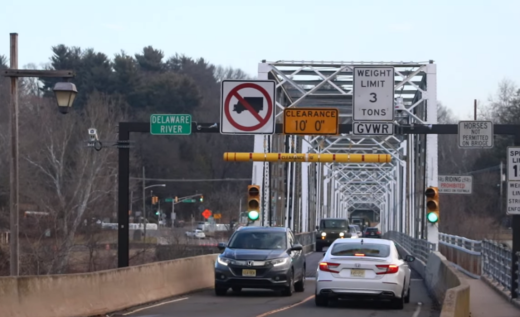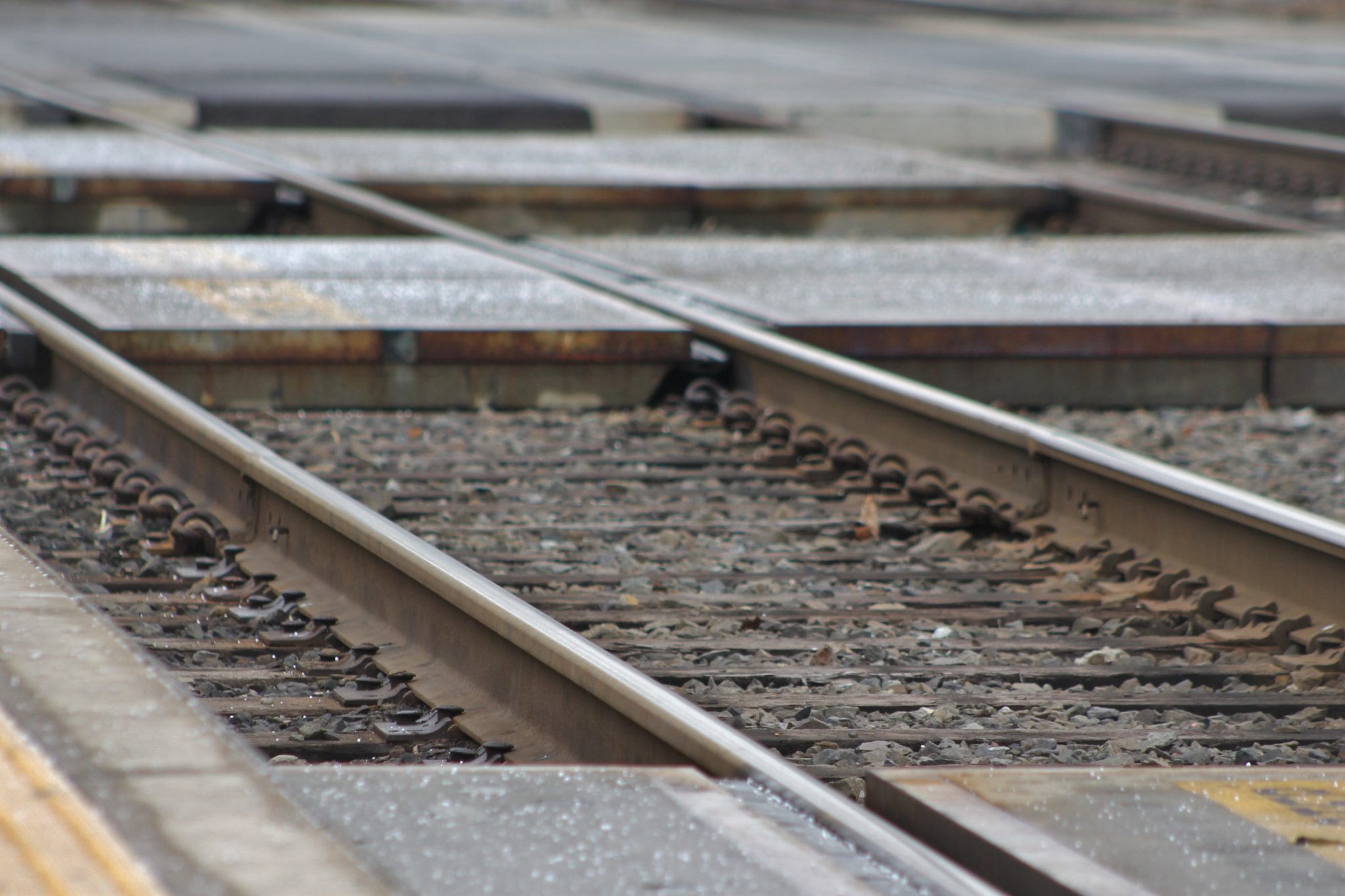
Credit: Tom Sofield/NewtownPANow.com
The Delaware River Joint Toll Bridge Commission is exploring the replacement of the 119-year-old Washington Crossing Toll-Supported Bridge.
The bridge that connects Upper Makefield Township in Bucks County to Mercer County, New Jersey has become a challenge for modern vehicles due to its narrow lanes.
In January, the commission issued a request for proposals (RFP) to hire a consulting team tasked with conducting a comprehensive environmental review as a preliminary step towards designing and potentially constructing a new bridge, according to the commission.
The current bridge opened to traffic on April 11, 1905 and is the narrowest among the commission’s 18 vehicular spans.
With a roadway width of just 15 feet and lanes that are 7.5 feet wide, it forces drivers to slow down, leading to frequent minor accidents and damage, the commission said.
Constructed for a private company before the era of mass-produced automobiles, the bridge has been publicly owned since 1922 and has been under the commission’s stewardship since July 1, 1987.

Credit: Tom Sofield/NewtownPANow.com
The RFP highlights the bridge’s steel through-truss superstructure has not only experienced structural deterioration but also fails to meet current design standards.
A significant part of the RFP involves advancing a potential bridge replacement through the National Environmental Policy Act (NEPA) process and preliminary engineering. The process requires considering environmental consequences, impacts on recreation, cultural history, and local communities, aiming to secure a Finding of No Significant Impact (FONSI) to move from concept to construction.
Environmental considerations for the new bridge include preserving the Delaware River habitat and its associated resources, while cultural and community goals focus on minimizing historical impacts and maintaining the area’s charm.
The NEPA process is expected to take 30 months and will explore a range of replacement alternatives, including a “No-Build” option.
The process will culminate in an Environmental Assessment (EA) document, which will be released for public review and hearings.
A 30-month time frame conceivably would take until 2027 before the commission could move forward with a proposed replacement bridge.
The Washington Crossing Toll-Supported Bridge’s significance and unique construction by the now-defunct New Jersey Bridge Company replaced a wooden bridge lost in the “Pumpkin Flood” of 1903.
Despite multiple rehabilitations over the years, the bridge, with a current three-ton weight restriction and an average daily traffic of 7,200 vehicles in 2023, is considered “operationally challenged” by today’s standards, according to the commission.
Funded by tolls collected at the commission’s eight toll bridges, the toll-supported bridge remains free for public use.








